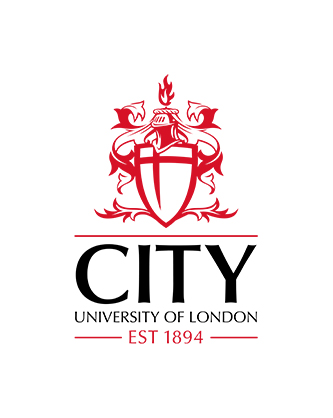Deep LBLS: Accelerated Sky Region Segmentation Using Hybrid Deep CNNs and Lattice Boltzmann Level-Set Model
Albalooshi, F. A.  ORCID: 0000-0002-7147-0005, Qader, M. R., Ismail, Y. , Elmedany, W.
ORCID: 0000-0002-7147-0005, Qader, M. R., Ismail, Y. , Elmedany, W.  ORCID: 0000-0001-8827-6009, Al-Ammal, H., Rajarajan, M.
ORCID: 0000-0001-8827-6009, Al-Ammal, H., Rajarajan, M.  ORCID: 0000-0001-5814-9922 & Asari, V. K.
ORCID: 0000-0001-5814-9922 & Asari, V. K.  ORCID: 0000-0002-3751-5492 (2025).
Deep LBLS: Accelerated Sky Region Segmentation Using Hybrid Deep CNNs and Lattice Boltzmann Level-Set Model.
Eng, 6(3),
article number 57.
doi: 10.3390/eng6030057
ORCID: 0000-0002-3751-5492 (2025).
Deep LBLS: Accelerated Sky Region Segmentation Using Hybrid Deep CNNs and Lattice Boltzmann Level-Set Model.
Eng, 6(3),
article number 57.
doi: 10.3390/eng6030057
Abstract
Accurate segmentation of the sky region is crucial for various applications, including object detection, tracking, and recognition, as well as augmented reality (AR) and virtual reality (VR) applications. However, sky region segmentation poses significant challenges due to complex backgrounds, varying lighting conditions, and the absence of clear edges and textures. In this paper, we present a new hybrid fast segmentation technique for the sky region that learns from object components to achieve rapid and effective segmentation while preserving precise details of the sky region. We employ Convolutional Neural Networks (CNNs) to guide the active contour and extract regions of interest. Our algorithm is implemented by leveraging three types of CNNs, namely DeepLabV3+, Fully Convolutional Network (FCN), and SegNet. Additionally, we utilize a local image fitting level-set function to characterize the region-based active contour model. Finally, the Lattice Boltzmann approach is employed to achieve rapid convergence of the level-set function. This forms a deep Lattice Boltzmann Level-Set (deep LBLS) segmentation approach that exploits deep CNN, the level-set method (LS), and the lattice Boltzmann method (LBM) for sky region separation. The performance of the proposed method is evaluated on the CamVid dataset, which contains images with a wide range of object variations due to factors such as illumination changes, shadow presence, occlusion, scale differences, and cluttered backgrounds. Experiments conducted on this dataset yield promising results in terms of computation time and the robustness of segmentation when compared to state-of-the-art methods. Our deep LBLS approach demonstrates better performance, with an improvement in mean recall value reaching up to 14.45%.
| Publication Type: | Article |
|---|---|
| Additional Information: | © 2025 by the authors. Licensee MDPI, Basel, Switzerland. This article is an open access article distributed under the terms and conditions of the Creative Commons Attribution (CC BY) license (https://creativecommons.org/licenses/by/4.0/). |
| Publisher Keywords: | deep learning; convolutional neural networks (CNNs); DeepLabV3+; fully convolutional network (FCN); SegNet; level-set function; lattice Boltzmann method (LBM); sky object segmentation |
| Subjects: | Q Science > QA Mathematics > QA75 Electronic computers. Computer science T Technology > TA Engineering (General). Civil engineering (General) |
| Departments: | School of Science & Technology School of Science & Technology > Department of Engineering |
| SWORD Depositor: |
Available under License Creative Commons: Attribution International Public License 4.0.
Download (1MB) | Preview
Export
Downloads
Downloads per month over past year


 Metadata
Metadata Metadata
Metadata